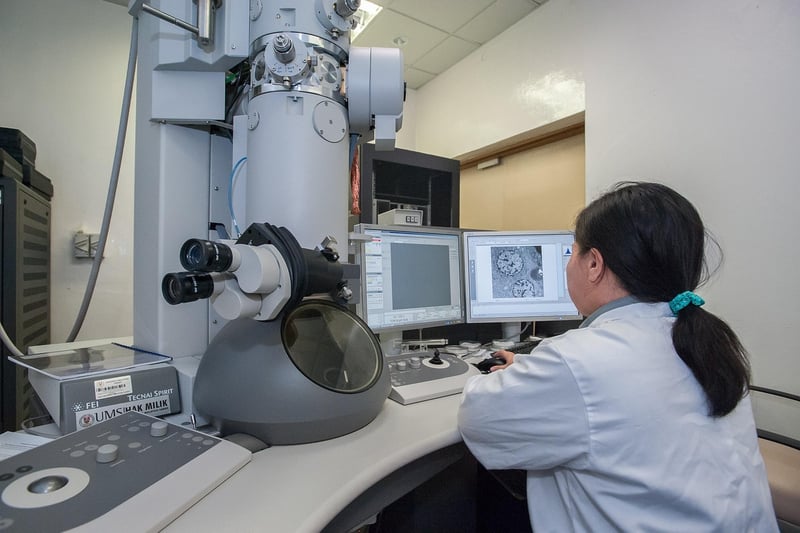Scientific Innovations
The Future is Now: Tools for Time Travel and Scientific Innovations
Time travel, a concept that has fascinated humanity for centuries, has been a popular theme in science fiction. While the idea of physically traveling through time remains in the realm of imagination, advancements in scientific innovations have brought us closer to understanding the nature of time and space. Let's explore some of the tools and technologies that are pushing the boundaries of our understanding of time and enabling us to peek into the future.
1. Large Hadron Collider (LHC)

The Large Hadron Collider, located at CERN in Switzerland, is the world's largest and most powerful particle accelerator. It allows scientists to study particles at the smallest scales and energies, providing valuable insights into the fundamental forces of nature. The LHC has the potential to uncover phenomena that could revolutionize our understanding of the universe, including the possibility of extra dimensions and the existence of parallel universes.
2. Quantum Computers

Quantum computers harness the principles of quantum mechanics to perform calculations at speeds far beyond conventional computers. These powerful machines have the potential to solve complex problems in fields such as cryptography, drug discovery, and artificial intelligence. Quantum computers could also play a key role in simulating the behavior of particles at the quantum level, shedding light on the mysteries of time and space.
3. Gravitational Wave Detectors

Gravitational wave detectors, such as LIGO and Virgo, are instruments designed to detect ripples in spacetime caused by cataclysmic events in the universe, such as the collision of black holes. By studying these gravitational waves, scientists can gain insights into the nature of gravity, black holes, and the early universe. These detectors open a new window into the cosmos, allowing us to observe events that were previously invisible to traditional telescopes.
4. Advanced Telescopes

Advancements in telescope technology, such as the James Webb Space Telescope, have revolutionized our ability to observe distant galaxies and cosmic phenomena. These cutting-edge telescopes provide unprecedented detail and clarity, allowing scientists to study the early universe, dark matter, and exoplanets. By peering deep into space, these telescopes offer glimpses of the past and clues about the future of our universe.
In conclusion, while time travel may still be a fantasy, scientific innovations are bringing us closer to understanding the mysteries of time and space. By leveraging tools such as the Large Hadron Collider, quantum computers, gravitational wave detectors, and advanced telescopes, scientists are pushing the boundaries of our knowledge and opening new frontiers in exploration. The future of science is full of exciting possibilities, and who knows what discoveries lie ahead as we continue to unravel the secrets of the universe.
